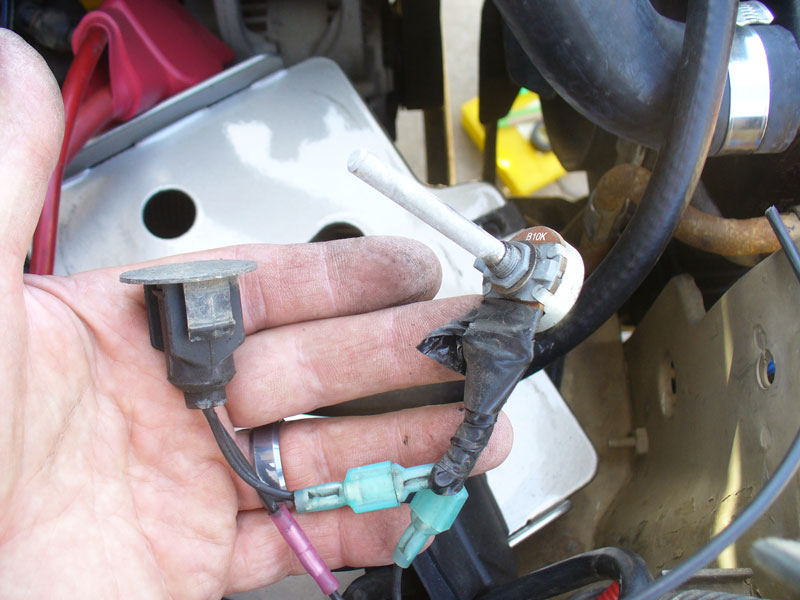robsjeepxj
NAXJA Forum User
- Location
- North Jersey
Ok so I'm building a high wattage stereo system and will be running dual batteries and high output alternator. I'll be doing this to not only feed the amps all the power they can get but also to keep the headlights from dimming when the subs hit. In the course of the build ive noticed that no matter what I do I can't get my voltage above 13.8 volts with any consistency which sucks since the higher the voltage the more power I can get out of the amps. In the spirit of feeding the amps all I can how can I go about fixing this? I know right now the maximum voltage is controlled by the computer. Is there any way to run an internal regulated alternator to feed the batteries that won't cause any issues with the computer and is there an alternator out there that will actually fit/bolt up that will achieve this??? Sorry for the long post but I wanted to lay it all out and get all the question out in a way that makes sense lol. Let me know what u think and if possible towards any threads that might help. Not just looking for a Durango swap thread, that will not fix it. Thx.

